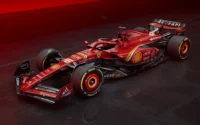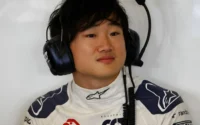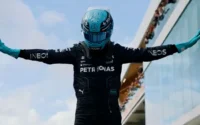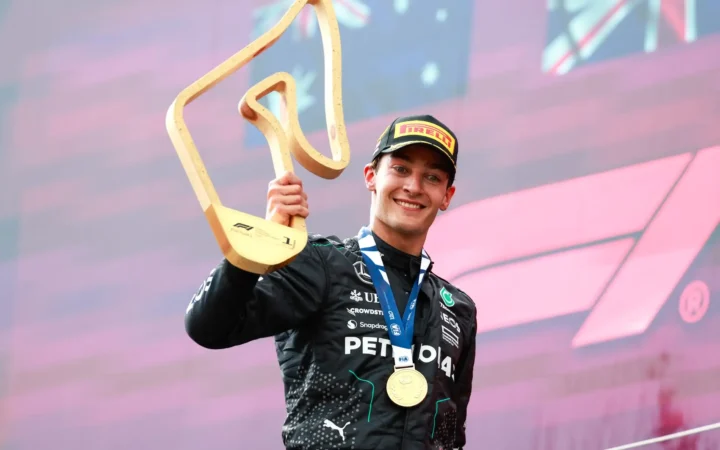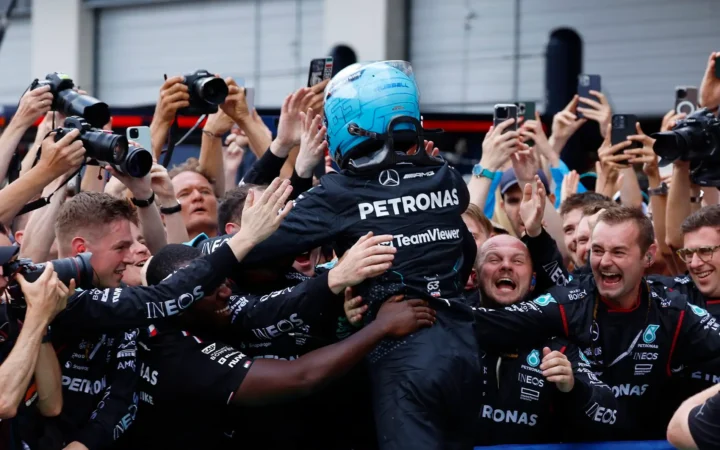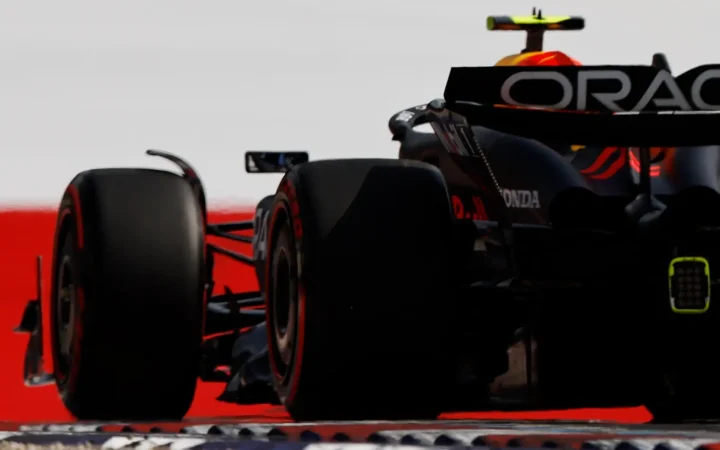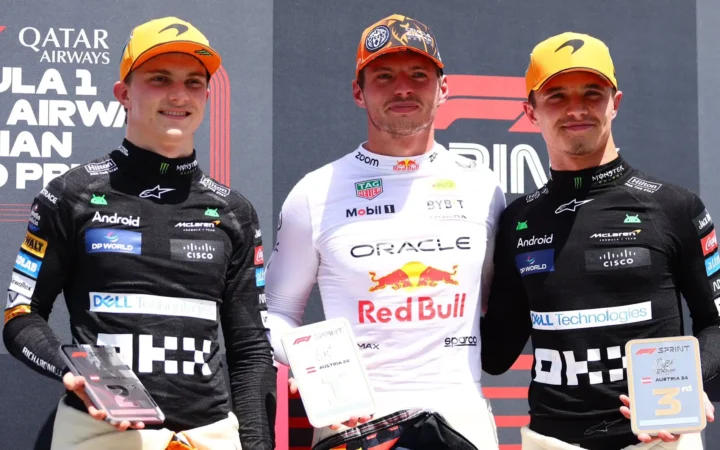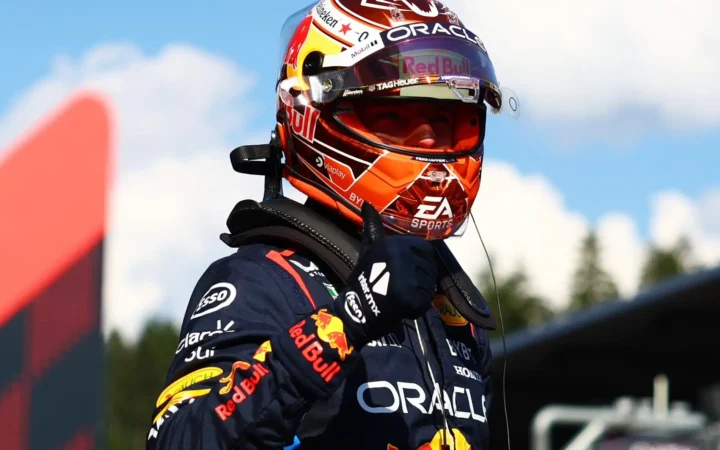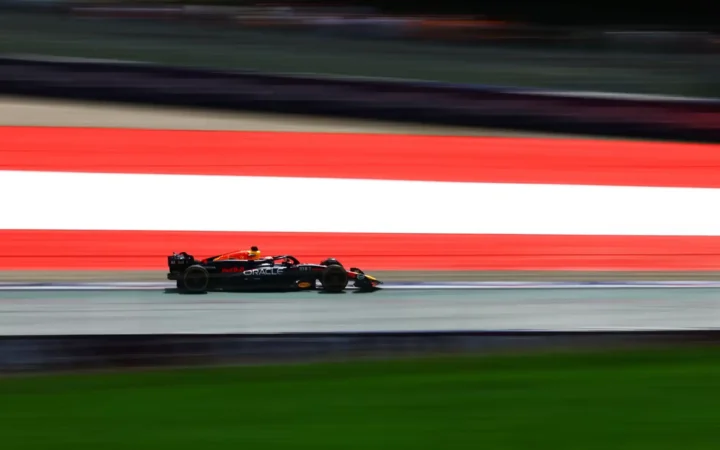James Allison, the technical director of Mercedes, has indicated a shift in the team’s strategy and design philosophy following two challenging seasons, signalling a markedly distinct appearance for the 2024 season Formula 1 car.
Mercedes, after securing eight consecutive constructors’ championships, struggled to adapt to the 2022 season design regulations, managing only a single race win in the last two seasons amidst the dominance of Red Bull.
READ MORE: Major Changes at Ferrari: Key Strategist Exits in 2024 Overhaul
The team initially persisted with their 2022 design concept into the 2023 season, a decision that seemed to hinder their performance early in the season. Despite this, Lewis Hamilton and George Russell managed to secure a second-place finish in the constructors’ standings.
Allison addressed some common misunderstandings about the term ‘concept’ and discussed the revamped design and development process. This approach is expected to make the 2024 contender, the W15, stand out from its predecessors in both form and function.
“To the mind of a designer or a performance person in F1, concept is actually nothing to do with the car,” he told Sky Sports F1.
“It’s about a process by which you decide what good looks like, and what bad looks like. It’s your methodology for sort of sieving out all the many, many things you might put on the car and finding only the ones that you really think are going to add lap time, it’s method. The car itself is just the output of that method.
“So when you talk to us about concept, we’re hearing, ‘What, you think our wind-tunnel weighting system wasn’t right?’ And we’ve changed that, or our way of meshing in CFD was wrong and we’ve changed the concept of that.
“That’s what concept means to us and the car just pops out at the far side of that when we apply that process and that concept.
“So, of course the last two years have required us to adjust our approach and our methodology, our concept, if you will, and as a result of that the hardware that pops out the far side of that, will necessarily be different hardware, because it’s defined by different decisions and different weightings of what’s important and what isn’t.
“You get all excited by the end result, but actually our fate is made by the approach.”
Mercedes has announced the debut of their new W15 car on February 14, with team principal Toto Wolff affirming his commitment to stay on board until the conclusion of the 2026 season.
Sidepods: A symbol of Mercedes’ challenges
During the 2023 season, Mercedes made efforts to modify the profile of their W14 car. However, the constraints of Formula 1’s cost cap limited the extent of changes possible within a single season.
One of the most noticeable alterations was the departure from the unique ‘zero-sidepod’ design that initially distinguished the W13 from other contenders in its 2022 debut.
In addition to this design shift, James Allison transitioned back to his former role as technical director mid-season, exchanging positions with Mike Elliott, who eventually left the team in October.
While Allison acknowledges the exaggerated focus on Mercedes’ sidepod design, he concedes that it symbolised broader challenges faced by the team.
“I don’t quite see the world the same way as you guys do, looking at a sidepod and deciding that’s a concept,” he said.
“We definitely took a path with our car, and I would say that’s from the tip of the nose to the very back of the tail, which was not a competitive one. The most visually notable aspect of that was our sidepods, but by no means the definitive factor.
“It was not right from front to back and that’s the thing we have had to learn and have had to deal with – that’s taken us longer than we would have like.
“But the sidepods are maybe emblematic of a team that took a little too long to figure out which way was up, but by no means the distinguishing feature that sealed our fate.”
Source: Sky Sports F1
Seen in:


